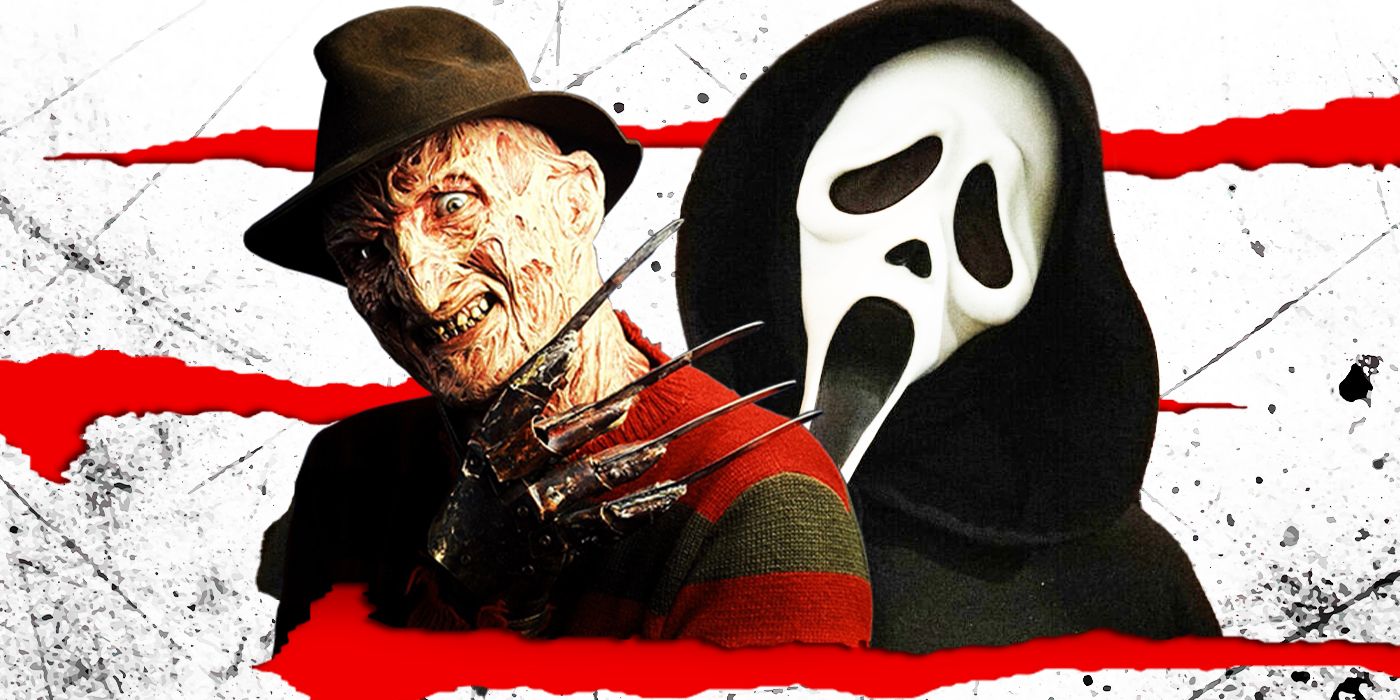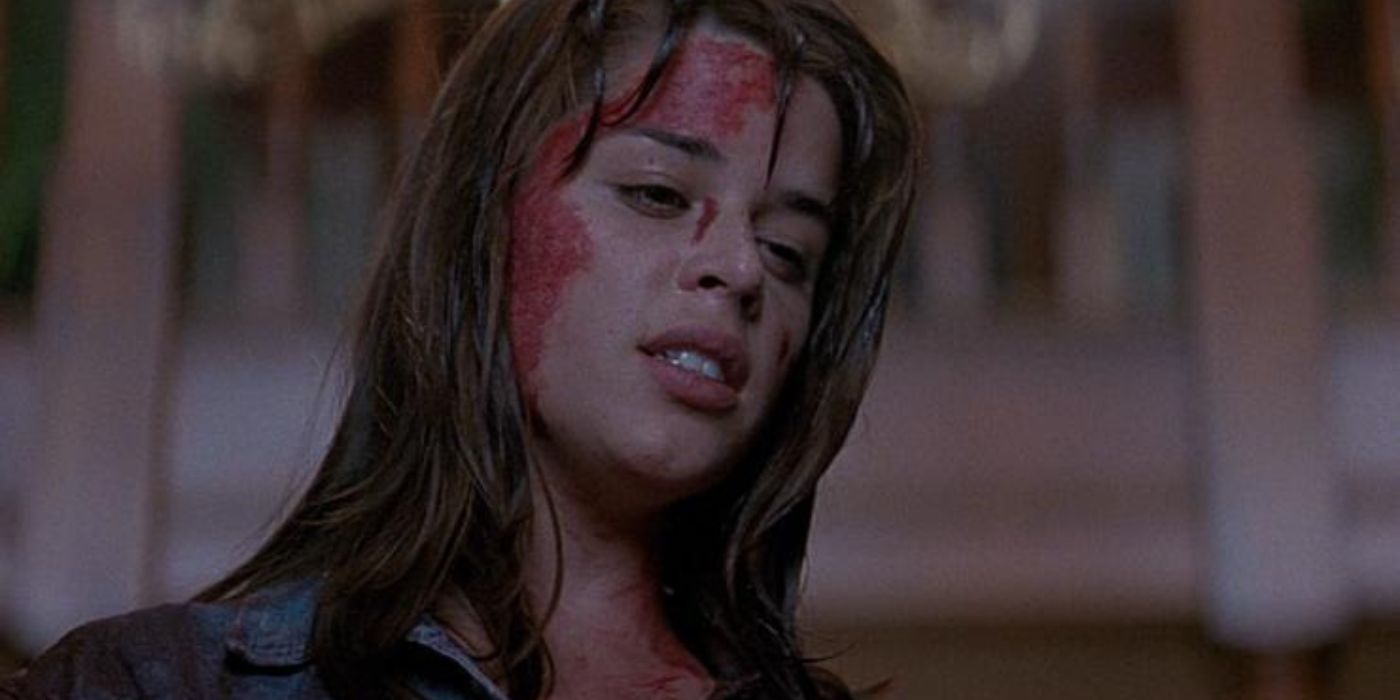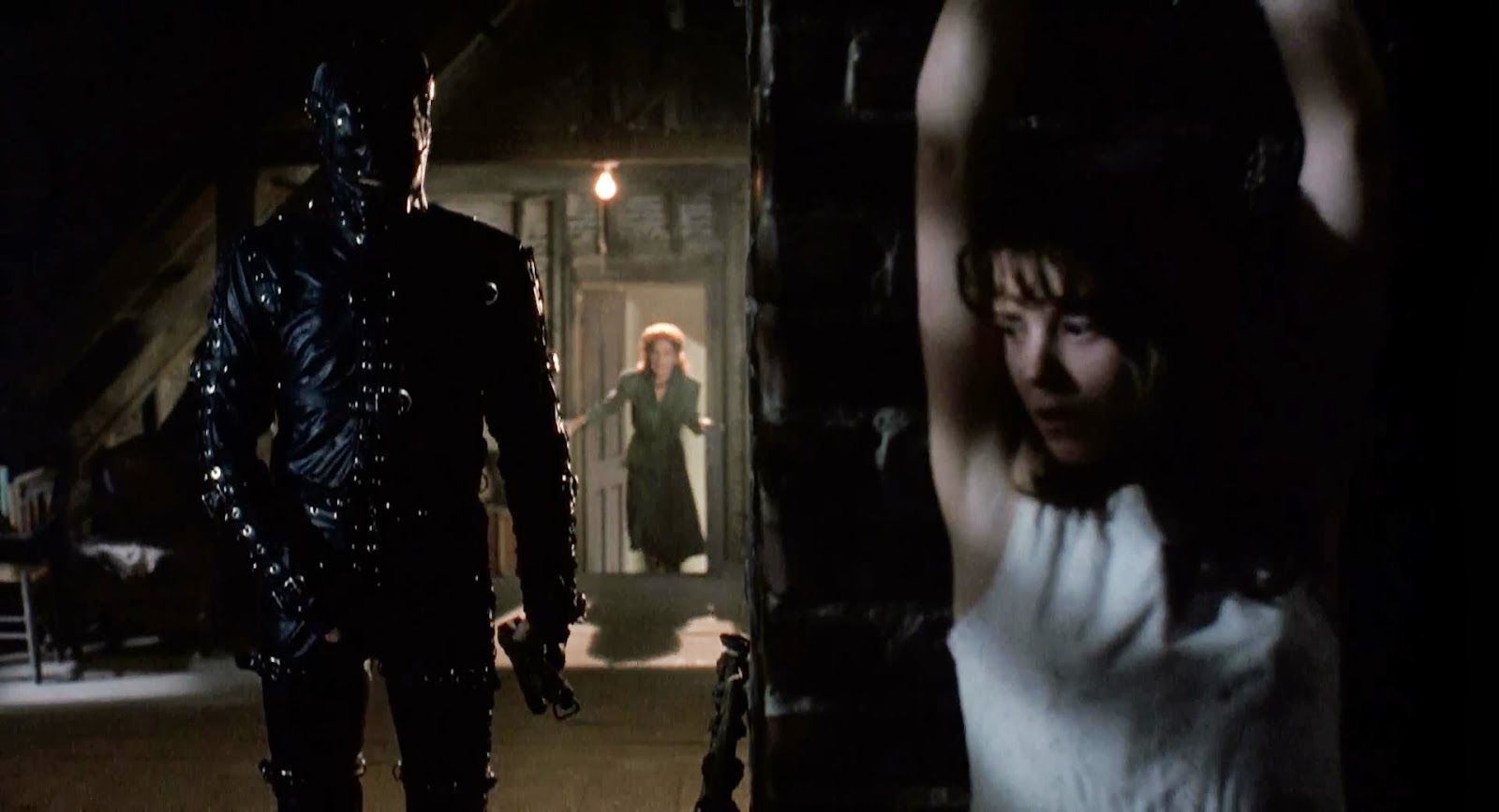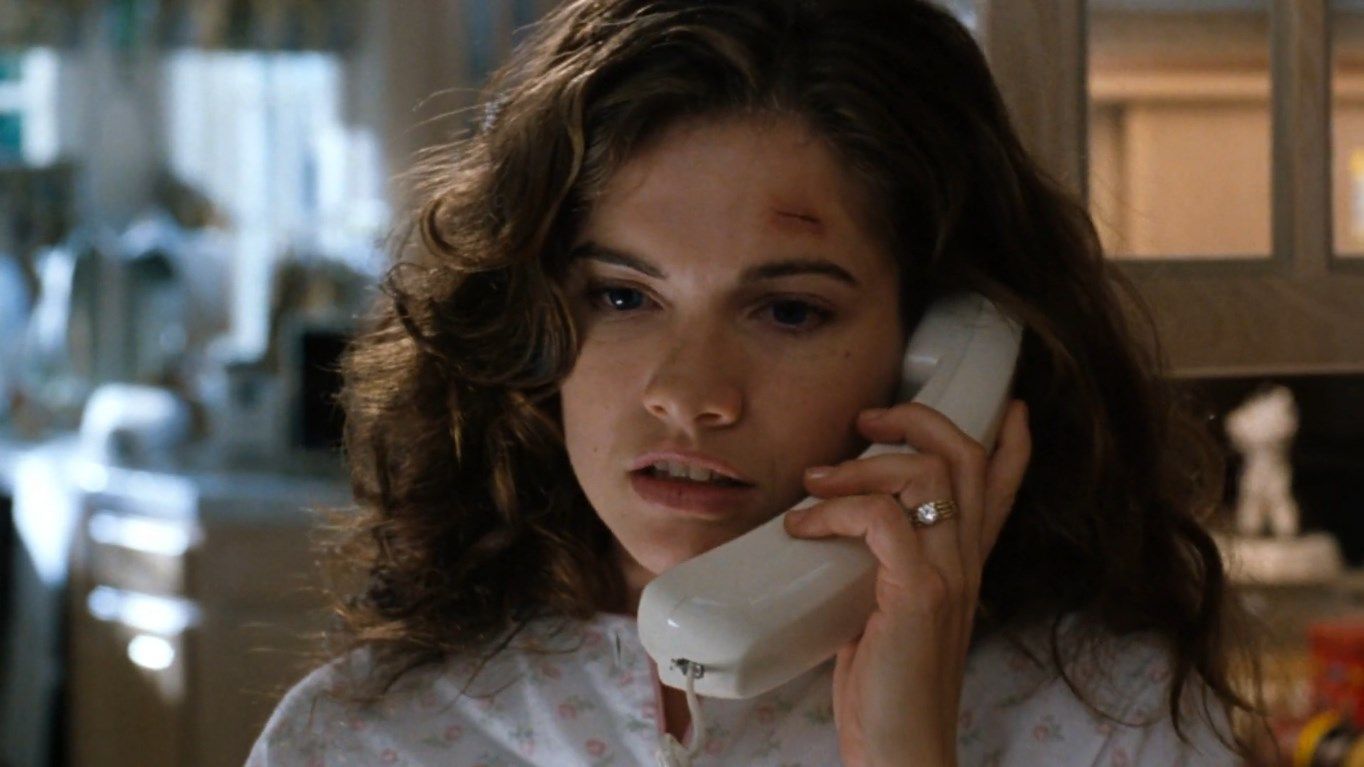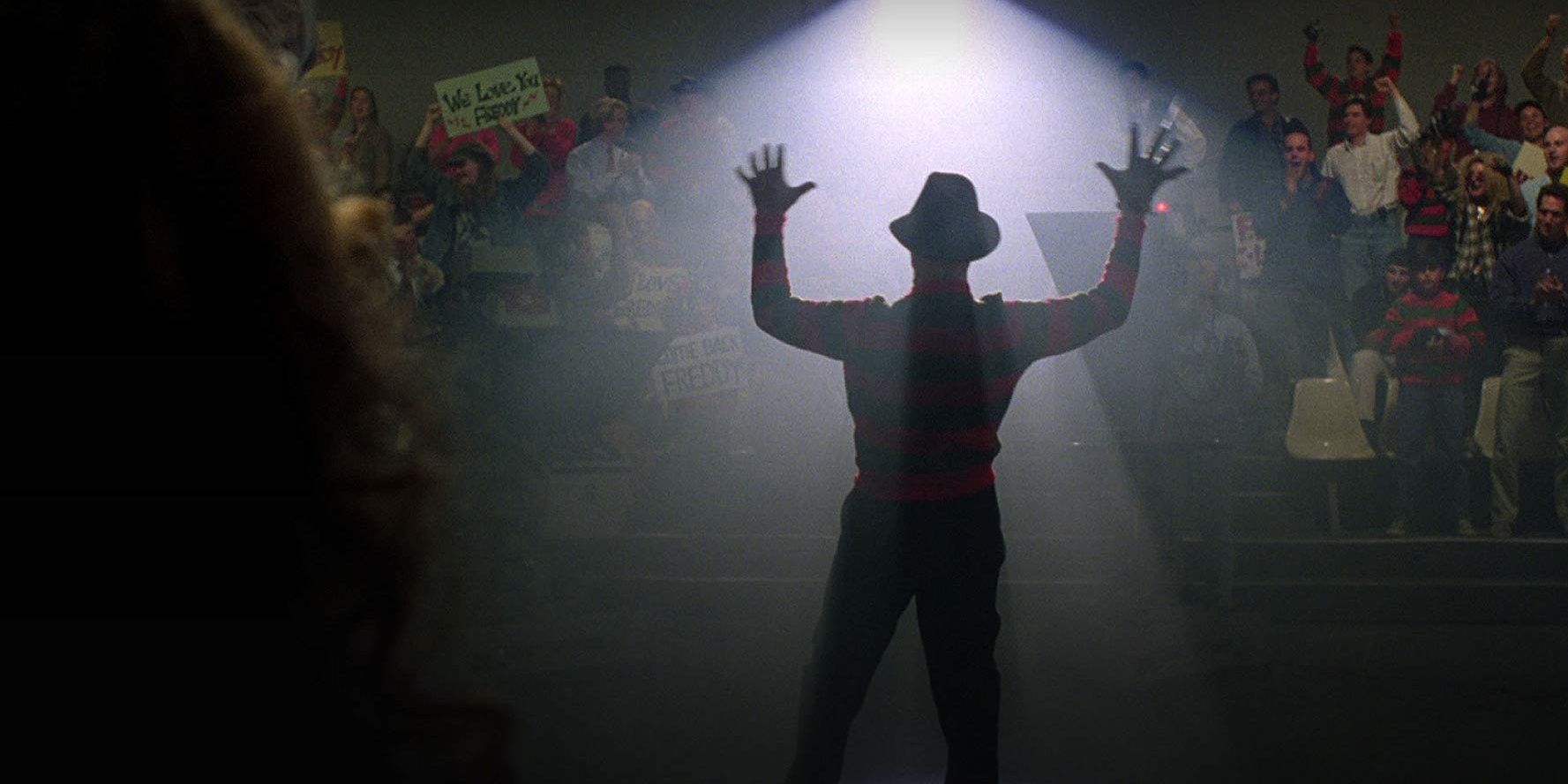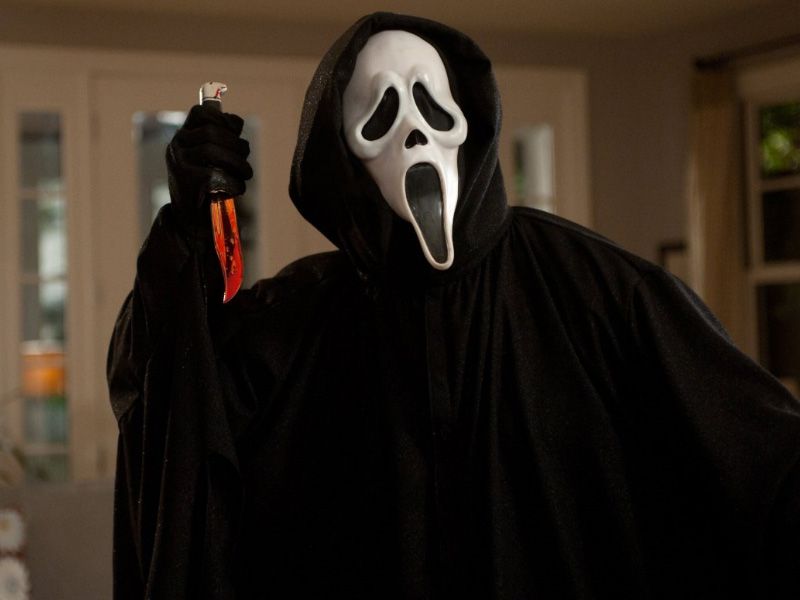2022 has been one of the best years for the horror genre due to the likes of stalwarts such as the Scream and Halloween franchises coming back for more sequels, along with the freshness of surprising hits like Barbarian, Smile, and Terrifier 2. Horror fans have no doubt been spoiled. Just a few decades ago, however, the genre seemed near death. After the bloatedness of the 1980s saw the slasher craze dominate so much of the box office, it was only natural that the 1990s saw audiences grow bored with seeing the same old thing. There were only so many times we could watch Jason Voorhees, Michael Myers, or some other killer in a mask slice and dice a bunch of teens before it got old.
The 90s were a huge decade for film, with massive hits like Titanic, The Lion King, and Jurassic Park breaking records left and right. For the horror genre though, there were few standouts that reached classic status. There was Candyman in 1992, a new icon born in the ashes of slasher stereotypes, but it was a modest hit at the time whose status has elevated over the decades. Silence of the Lambs and Seven may have been horror adjacent, but even though they could be scary, they were more apt for the thriller category.
The 90s didn’t see many big box office horror hits or new franchises built. Though Jason Voorhees and Michael Myers would make a few appearances, outside of 1998’s Halloween H20 their 90s outings were among their least popular. Horror seemed in stasis, sitting idly as it waited to be reinvented. One man, a legendary director who had been churning out horror hits since the 1970s, became the person who, while he changed the horror landscape in the 80s, would go on to rescue the entire genre a decade later. Through three influential and game changing films, Wes Craven saved horror.
Going into the 1990s, Wes Craven was already one of horror’s most accomplished creators. Seminal hits like 1972’s The Last House on the Left, 1977’s The Hills Have Eyes, and especially 1984’s A Nightmare on Elm Street, turned Craven into one of the kings of horror alongside names such as John Carpenter and George Romero. His last film of the 1980s, however, 1989’s Shocker, was a rare misfire that underwhelmed moviegoers.
Craven bounced back with his next offering, 1991’s The People Under the Stairs. On the surface it already plays out as something different by making a child, 12-year-old newcomer Brandon Adams, its lead. This is no kid’s film, though. The People Under the Stairs is one of Craven’s darker and more uncomfortable offerings. It tells the story of a boy named Fool who breaks into the home of the landlords, known only as Man and Woman, who are evicting him and his family. The goal is to steal from them, but instead Fool finds several children locked up in the basement. With the help of the landlords' captive teenager daughter, Alice (A.J. Langer), Fool rushes to escape the maniacal husband and wife while also freeing the people under the stairs.
It’s a very suspenseful film, and Man and Woman are played equally frightening by Everett McGill and Wendie Robie. Still, there was more to this film than a chilling story. The People Under the Stairs speaks to classism, capitalism, and 80s Reaganism (McGill has an eerie resemblance to the 40th President). Fool is Black, as are many of his oppressed neighbors, who in the end must fight back against the rich white people who oppress them and those that they literally keep beneath their feet.
The People Under the Stairs was a reminder that horror films could be more than simple blood and guts. It got back to the roots of horror, when so many of the stories found a way to touch on the politics of the era. Craven’s boldness was rewarded with a film that debuted at number one at the box office and would go on to have lasting life through its endless airings on cable TV.
Three years later, Craven took his biggest risk by seemingly making his easiest choice, when he decided to bring Freddy Krueger back to the big screen. You would be forgiven for thinking in 1994 that the decision was made in desperation by a director who was trying to get his career back on track by trying to recreate his successful past. But Craven sought to do the exact opposite, for even though Wes Craven’s New Nightmare does indeed put Robert Englund back in the Freddy Krueger makeup, and even brings back Scream Queen Heather Langenkamp, this was a different beast.
By the mid 90s, Freddy Krueger was a shell of what he once was. Craven had long since stepped away from the sequels that turned Freddy more and more into a pop culture icon who spewed funny one-liners rather than being a villain to be feared. In 1994, Craven decided to take back what had been turned into a joke and completely reinvent it with a brilliant premise.
The world of New Nightmare is supposed to be as real as ours. Here, Freddy Krueger is not a child killer who haunts your nightmares, but a character from a movie. We even get to see Englund as himself. Heather Langenkamp is back, not as her character of Nancy Thompson, but as a version of her real self with her real name. When Freddy returns, it’s as a demonic entity that takes the form of Krueger. The film worked to tap into the nostalgia of 80s glory while also giving us something completely different. Craven gave us the fear we craved, but found new routes to take us there.
At the time it didn’t exactly work. While it was a critical hit, it was the least successful of the franchise in terms of box office tallies. The film would go on to find more of a following as the years passed, but even in its present it worked by finding a way to combine past success with inventive new ideas, and by tapping into a meta way of storytelling that would influence Craven’s next, and arguably, most popular film ever.
1996’s Scream was a punch to the face of horror. Its huge popularity (the film made over $100 million in the U.S. alone) would lead to a long list of successful copycats that brought new life to a genre that had been hovering over the abyss. While some of those films like 1997’s I Know What You Did Last Summer could come close to the look of Scream, by putting a bunch of teen stars in perils, they couldn’t recapture what made Scream so great that the franchise is still going strong over a quarter of a century later.
A summary of Scream’s plot reads like something we’ve all seen before. A masked killer with an unknown motive is killing teens one by one, while the virginal final girl fights back to save her friends and reveal the killer’s identity. Been there, done that to death. Scream works because it knows this. It not only leans into every trope but talks about them. The characters know they’re in a horror movie plot and the rules they must abide by. It winks at the subgenre without beating us over the head. Those clever winks are funny, and the resulting laughs give us a release among the scares. Craven found the perfect balance. Scream was witty and funny, but it never makes the killer a joke, for Craven knew that the killer still had to be scary for anything else to work.
Scream’s complete overtaking not just of horror but of 90s pop culture launched Craven to new heights. He’d make three sequels to the film over the rest of his life, with varying levels of success. Even if none of the sequels worked, it wouldn’t have mattered. Wes Craven had not only saved horror, but changed its course forever. Decades later, and over seven years after his death, his imprint is still felt in horror today, not just in the types of films that are made, but in how they’re told.

